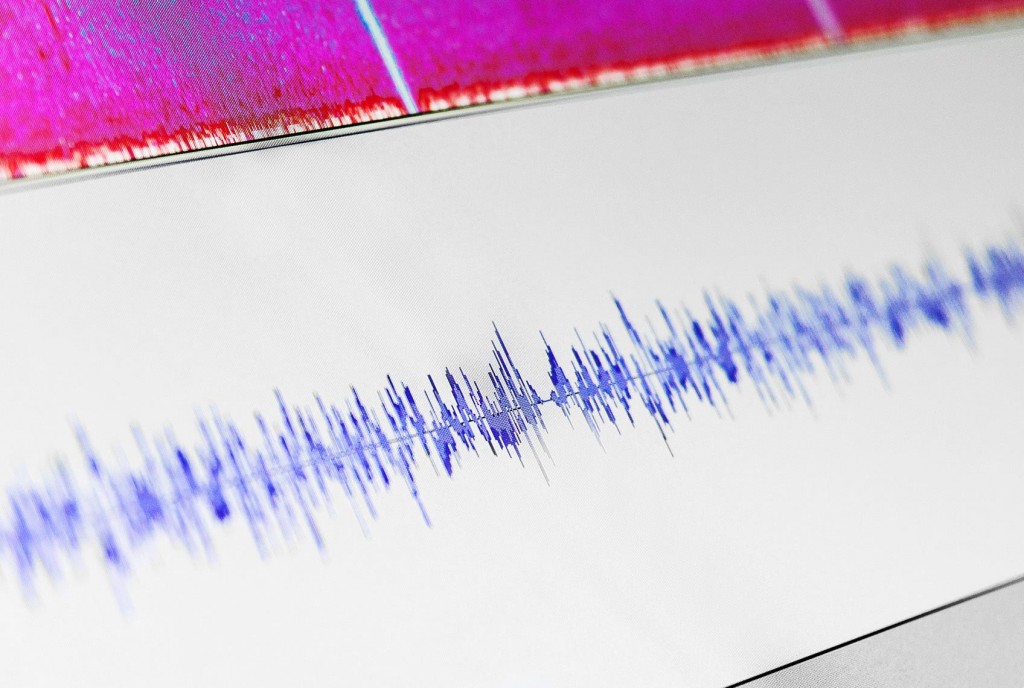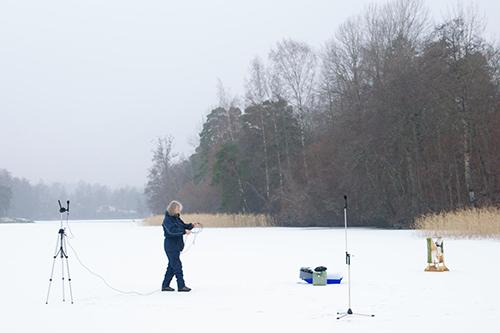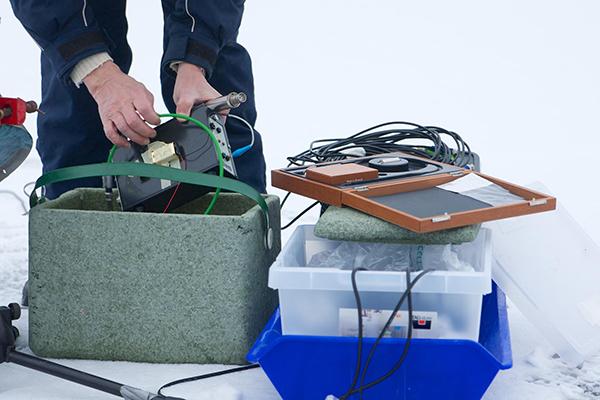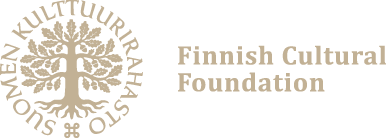
The Finnish Cultural Foundation awarded a record 25 million euros in grants at its Annual Gala on 27 February. The number of applications for science grants increased, whereas the number of applications decreased in the arts. A total of 12% of all applicants received grants. The awards for outstanding cultural achievements went to Hanna Kokko, professor in evolutionary ecology, rap artist Karri “Paleface” Miettinen and Jaakko Nousiainen, professor emeritus in political science.
The Finnish Cultural Foundation is providing a large number of grants this year to support reading in Finland. According to PIRLS and PISA surveys, differences in reading skills among Finnish children and young people are increasing. There are children and young people in our country that have difficulty managing their daily lives because of poor reading skills. The Niilo Mäki Foundation was granted 100,000 euros for a project promoting reading skills in Finland, while the Finnish Reading Centre received 50,000 euros for the project Suomi 100 – Suuri lukuseikkailu (Finland 100 – a great reading adventure). The Finnish Centre for Easy to Read also received 100,000 euros for promoting easy-to-read literature.
This year, some of the biggest grants went to projects involving humanistic research. The largest single grant was awarded to professor Anna Mauranen and her working group for research on linguistic segmenting. They received 250,000 euros for the period 2016 – 2018. They will combine linguistics and neurological research, two branches of science that have little in common, and examine how we understand a continuous flow of speech. Hanne Appelqvist, Ph.D., and her working group received 200,000 euros for research on the knowledge-related meaning of aesthetics for the period 2016 – 2018. In addition to researchers in philosophy and aesthetics, the project results are also intended for an audience with a broader interest in the value of arts and its role in society at large.
The largest arts grants went to the Foundation for the Finnish Cultural Institute in New York, which received 100,000 euros for a residency for Finnish visual artists, and the TNL-Association for Amateur and Professional Theatres in Finland, which also received 100,000 euros for the Nuori Näyttämö (Young stage) project 2016 – 2018. The Finnish Cultural Foundation also provided a grant of 100,000 euros for the Tekniikan maa (Land of technology) exhibition curated by the Museum of Technology Foundation. The exhibition will open in 2017, the centenary year of Finland’s independence.
Grants were awarded to a total of 1,064 individuals, working groups and organisations. The number of applications for arts grants decreased by 500, whereas the number of applications for science grants increased by 100. The sum provided in grants was two million euros higher than in 2015, which was reflected in the application approval rate: in both arts and science, 12% of all applications were approved (compared with 11% in the previous year). The average size of the grants also increased: In science it was 22,700 euros (21,900) and 16,600 euros (15,700) in the arts. A total of 54% of grants went to science (50% in the previous year) and 46% to the arts (50%). Most of the funding went to artistic work (33%), followed by doctoral dissertations (28%). The proportion of post doctoral research increased, amounting to 14% of the total sum. A total of 56% of the grantees were women, which was slightly less than in 2015 (59%). Foreigners accounted for 10% of the grantees, compared with 8% in the previous year.
In addition to the grants awarded at the Annual Gala, the Central Fund also makes funding available through the Finnish Foundations’ Post Doc Pool and the Post Docs in Companies programme. This means that the grants provided by the Central Fund this year will total 25 million euros (compared with 23 million in 2015). The Regional Funds will also distribute an additional 11.5 million euros at their own annual galas in the spring.
Awards for outstanding cultural achievements (30,000 euros each)
Hanna Kokko, professor in evolutionary ecology
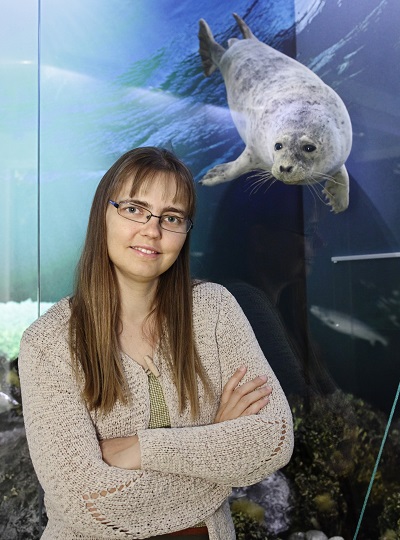 Professor Hanna Kokko (b. 1971) specialises in theoretical ecology and evolutionary biology. She took her matriculation examination in the German School in Helsinki in 1990 and graduated as a Master of Science (tech.) from the Helsinki University of Technology. She continued her studies at the University of Helsinki, writing her doctoral dissertation on the evolution of sexual choice and courtship in 1997.
Professor Hanna Kokko (b. 1971) specialises in theoretical ecology and evolutionary biology. She took her matriculation examination in the German School in Helsinki in 1990 and graduated as a Master of Science (tech.) from the Helsinki University of Technology. She continued her studies at the University of Helsinki, writing her doctoral dissertation on the evolution of sexual choice and courtship in 1997.
Hanna Kokko is truly cosmopolitan scientist. In 1998 she moved to Britain, working first as a post doc researcher at the University of Cambridge and then at the University of Glasgow. In 2002 Kokko returned to Finland to work as a senior assistant at the University of Jyväskylä. She held the post until 2004, when she was appointed professor of animal ecology at the University of Helsinki. She moved to Australia in 2010 after her appointment as an Australian Laureate Fellow, considered to be the country’s most distinguished scientific post. Four years later, Kokko returned to Europe, taking up the post of a professor in evolutionary biology at the University of Zurich.
Kokko has published more than 200 scientific articles, books and works that are also intended for the public at large. The book Kutistuva turska (Shrinking cod), written by Hanna Kokko and Katja Bargum in a lucid and informative style, received the State Award for Public Information in 2009. The articles and publications of Kokko are frequently cited and she often appears as a speaker at events around the world. This is because she is able to present complex mathematical formulas in a manner that all audiences can understand.
Hanna Kokko studies the interactive relationships between individuals and groups. She is particularly interested in situations in which the good of the individual is in conflict with the good of the population, species or a community. In economics, this is called the tragedy of the commons, but it also affects nearly all interactive biological relationships at cellular level and in communities alike. In recent years, Hanna Kokko has studied phenomena such as cancer from this perspective. Hanna Kokko emphasises that we can only save our planet by preserving the diversity of species and by ensuring the existence of differences in nature.
The award goes to the researcher of courtship and evolution and the defender of the diversity of life.
Rap artist Karri Miettinen alias Paleface
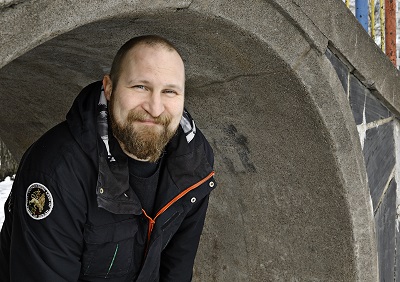 Karri Miettinen (b. 1978), better known by his artistic name “Paleface”, is a Finnish rap artist who began his musical career in English. His debut album The Pale Ontologist (2001) is a milestone in Finnish hip-hop and was also noted in other countries. The two English-language albums that followed also won acclaim.
Karri Miettinen (b. 1978), better known by his artistic name “Paleface”, is a Finnish rap artist who began his musical career in English. His debut album The Pale Ontologist (2001) is a milestone in Finnish hip-hop and was also noted in other countries. The two English-language albums that followed also won acclaim.
In 2010, Paleface released Helsinki-Shangri-La, his first album in Finnish. In the title piece at the start of the album, Paleface takes an unsparing look at present-day Finland, highlighting such themes as the country’s gun laws, the demolition of old buildings, quick loans, celebrity culture and the intoxicant policy. On Maan tapa (The way things are done here; 2012) and Luova tuho (Creative destruction; 2014), Paleface continued his in-depth analysis of our contemporary culture. In many of his songs, Paleface gives prominence to people whose voices are rarely heard: the young, the poor, refugees and those hit by crises of everyday life. He does not ignore the perspective of power either and this dual exposure means that there is palpable tension in many of his songs. Paleface combines insight with smart lyrics and sharp sense of humour.
In addition to his own albums Paleface has also been involved in a number of music projects, such as the Ricky-Tick Big Band & Julkinen Sana ensemble, which has released two albums combining traditional swinging jazz with linguistically spirited rap.
Paleface is the modern-day equivalent of 19th century folk poets. The popular and linguistically creative poetry of today is not published in writing but released and heard in rap form. In addition to creating music, Paleface has also been an active proponent of human rights in the media, at different events and in human rights organisations.
The award is given for creating modern-day folk poetry and for social insight.
Professor emeritus Jaakko Nousiainen
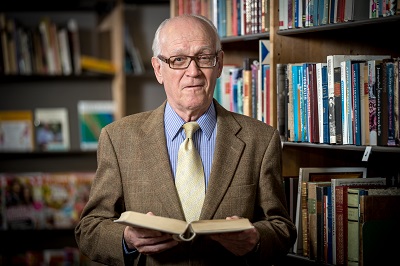 Jaakko Nousiainen (b. 1931), professor emeritus in general political science and expert on Finland’s political system and parliamentary government, has left his mark on the evolution of the Finnish constitution during a period of more than five decades.
Jaakko Nousiainen (b. 1931), professor emeritus in general political science and expert on Finland’s political system and parliamentary government, has left his mark on the evolution of the Finnish constitution during a period of more than five decades.
Jaakko Nousiainen received his doctoral degree at the University of Helsinki in 1959. In his dissertation, he analysed the support of communism in the province of Kuopio. In 1963, Nousiainen was appointed as the first professor in general political science at the University of Turku. He held the post for thirty years, until 1993. As professor, Nousiainen established the Turku school, which concentrated on the research on political institutions. Nousiainen’s book Suomen poliittinen järjestelmä (Finnish Political System), which was first published in 1959, served as the “bible” of the school. Since its publication, the book has been used as a standard textbook at all Finnish universities. The English translation, published by Harvard University Press, appeared in 1971. Nousiainen’s aim was to provide an up-to-date, systematic and realistic description of Finland’s political system. The book is now in its tenth edition and it remains the most comprehensive overall presentation of the subject.
Nousiainen has published a large number of studies of the pillars of the Finnish political life: elections, political institutions, parliamentary system and presidential power.
After years of preparatory work, a unified Finnish constitution entered into force in March 2000. Jaakko Nousiainen played a central role in the committees preparing the new constitution and he has made an important contribution to the reforming of Finland’s parliamentary system.
The award is given to the father of the Finnish constitution and for promoting the parliamentary system of government.
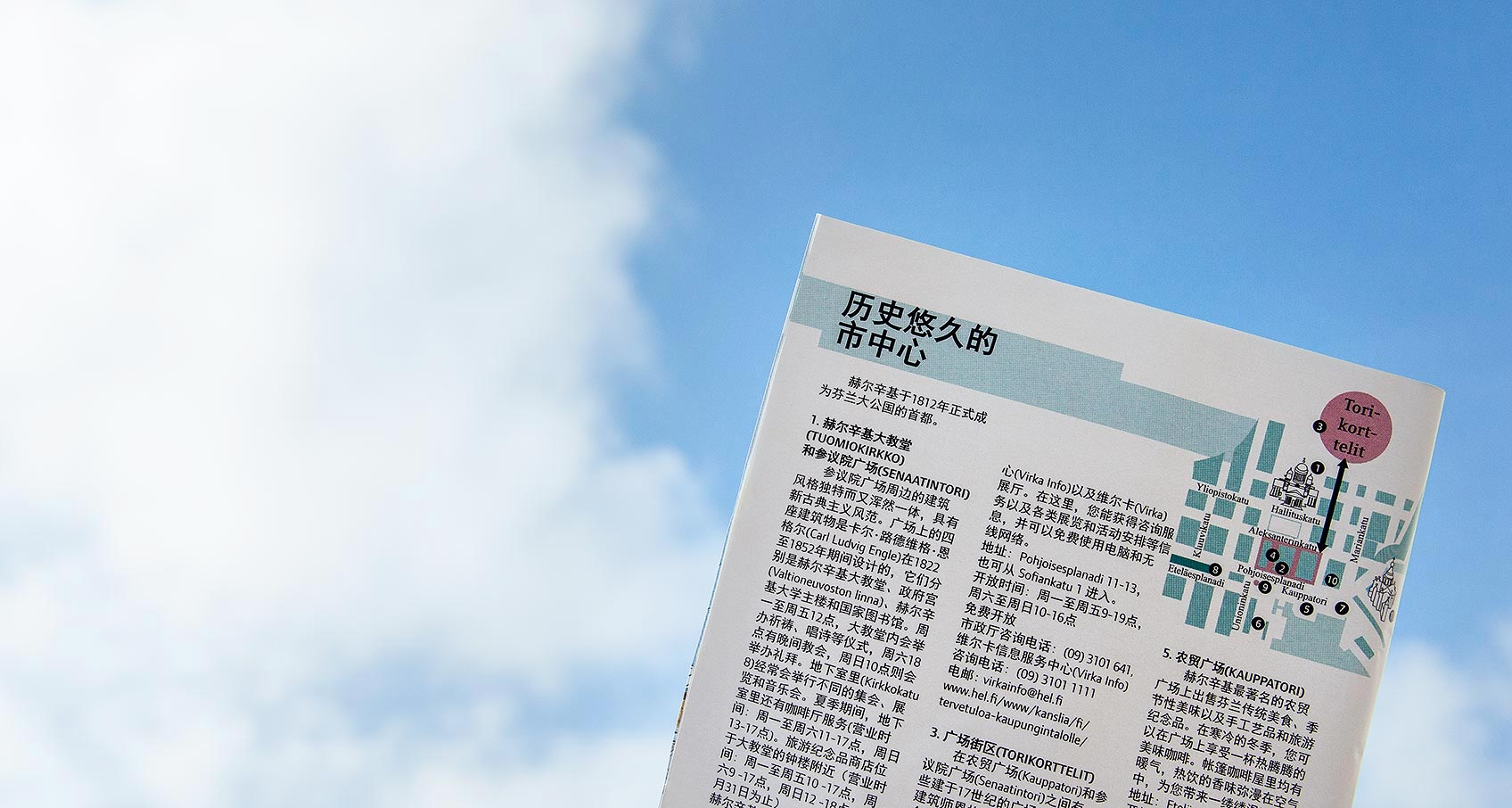
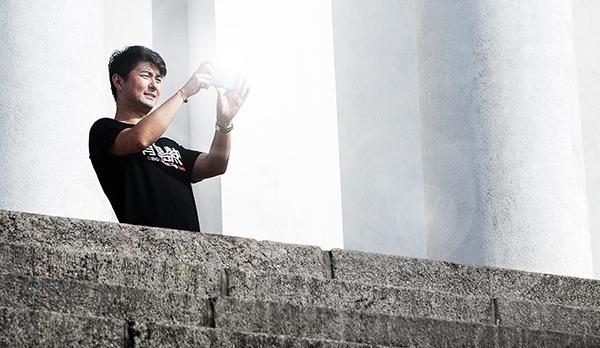

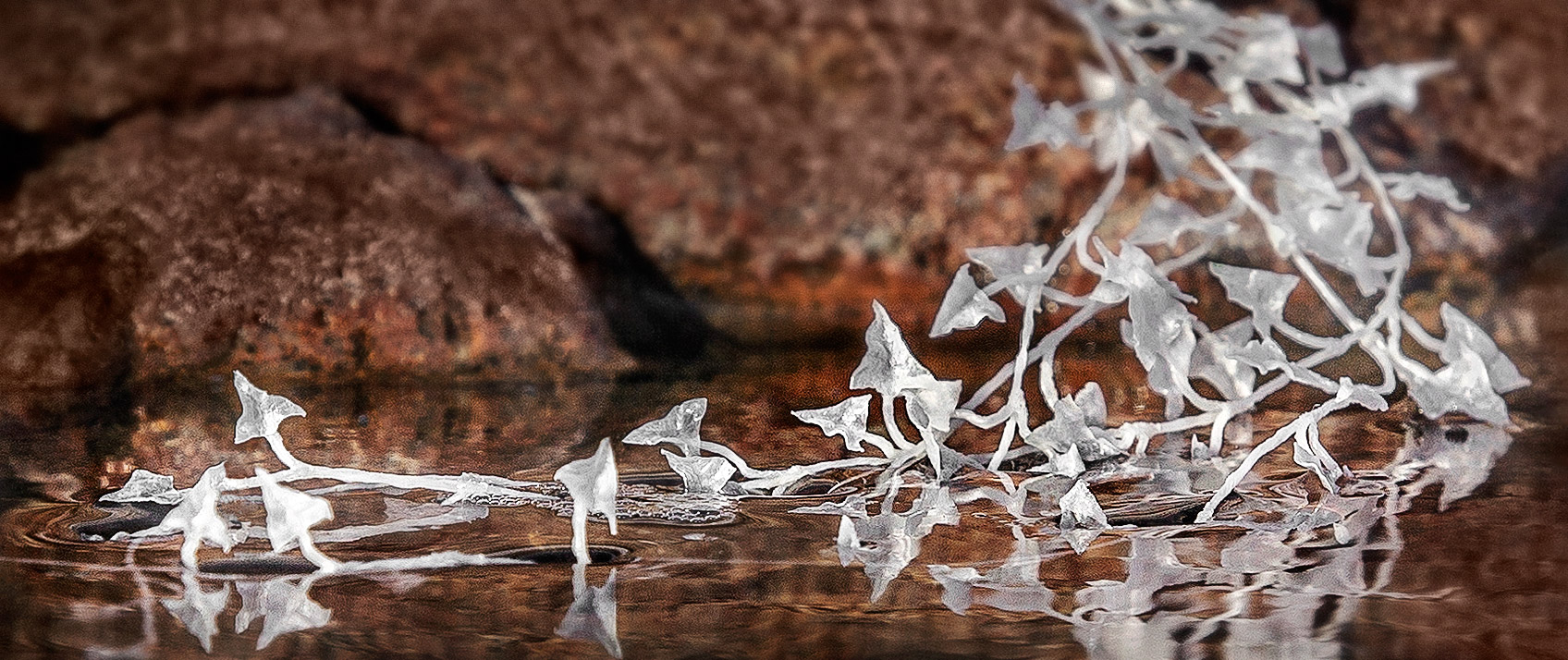
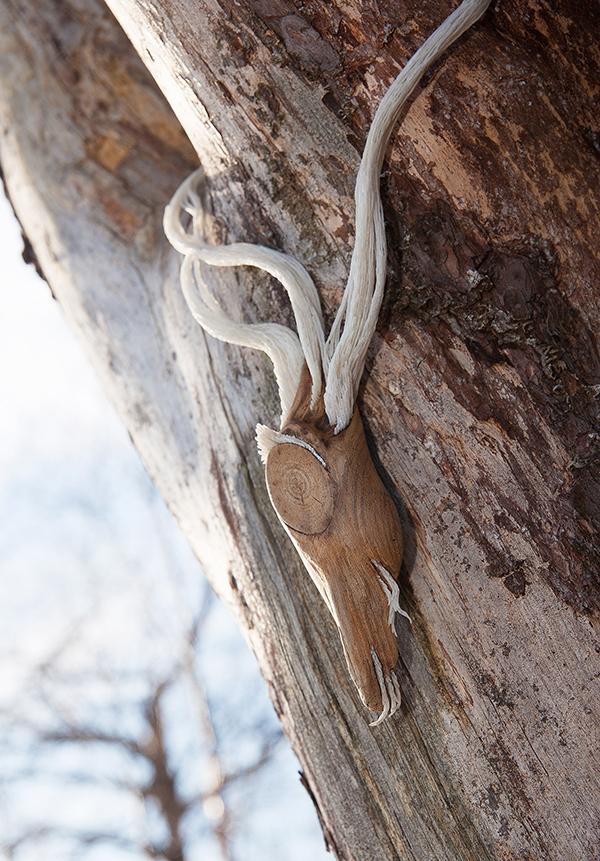
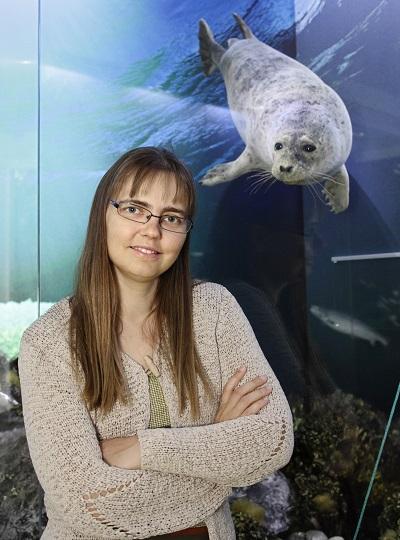
 Professor Hanna Kokko (b. 1971) specialises in theoretical ecology and evolutionary biology. She took her matriculation examination in the German School in Helsinki in 1990 and graduated as a Master of Science (tech.) from the Helsinki University of Technology. She continued her studies at the University of Helsinki, writing her doctoral dissertation on the evolution of sexual choice and courtship in 1997.
Professor Hanna Kokko (b. 1971) specialises in theoretical ecology and evolutionary biology. She took her matriculation examination in the German School in Helsinki in 1990 and graduated as a Master of Science (tech.) from the Helsinki University of Technology. She continued her studies at the University of Helsinki, writing her doctoral dissertation on the evolution of sexual choice and courtship in 1997.  Karri Miettinen (b. 1978), better known by his artistic name “Paleface”, is a Finnish rap artist who began his musical career in English. His debut album The Pale Ontologist (2001) is a milestone in Finnish hip-hop and was also noted in other countries. The two English-language albums that followed also won acclaim.
Karri Miettinen (b. 1978), better known by his artistic name “Paleface”, is a Finnish rap artist who began his musical career in English. His debut album The Pale Ontologist (2001) is a milestone in Finnish hip-hop and was also noted in other countries. The two English-language albums that followed also won acclaim. Jaakko Nousiainen (b. 1931), professor emeritus in general political science and expert on Finland’s political system and parliamentary government, has left his mark on the evolution of the Finnish constitution during a period of more than five decades.
Jaakko Nousiainen (b. 1931), professor emeritus in general political science and expert on Finland’s political system and parliamentary government, has left his mark on the evolution of the Finnish constitution during a period of more than five decades. 